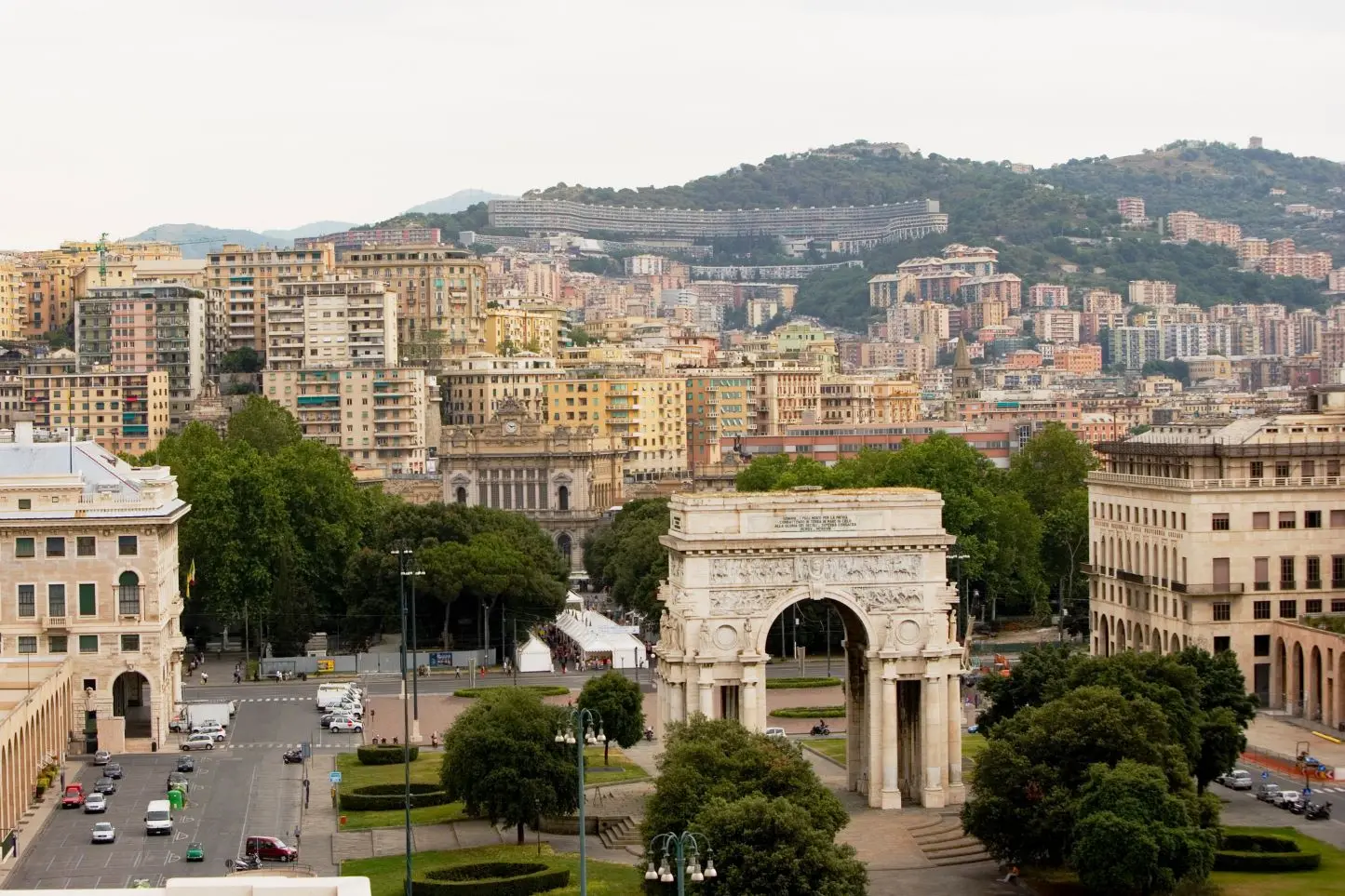Genoa has far surpassed Rome and Milan in the percentage of free transport and by 2026, it is aiming for the full exploitation of the smart city model, which could mean pedestrianising large areas of the historic centre. The Ligurian capital, thanks to the complete city coverage with dedicated cameras, expects to be able to have widespread control of all entrances to the city.
This step, combined with the goal of full electrification of public transport by 2026, with the construction of interchange car parks and a public transport policy carried out with new electric vehicles, operating schedules with high frequencies, free passes for large groups of users and vehicles or at a price that is 55% less than in the past, should allow a drastic reduction in the number of car entrances.
One of the main players in this revolution is AMT, the company that manages Genoa's local public transport. It serves the capital and the 66 municipalities of the metropolitan city with metros, buses and trolleybuses, funiculars, lifts, rack railway, Genoa Casella railway and Navebus. The revolution it has carried out has led to the creation of three different annual passes, the most expensive of which costs EUR 295, and the extension of free travel on much of the urban transport. The metro and lifts are free for all residents, while the over 70s and under 14s also ride free on buses and trolleybuses.
AMT is led by Ilaria Gavuglio, who explains the numbers representative of the project's success. “In the first four months of 2023, Genoa had 16,700 subscribed riders per year. By the same date in 2024, there were 46,674. This resulted in an increase in turnover of four million compared to the same period last year, and that is considering that in 2023, the under-14s and over-70s were paying for tickets and annual passes. This is an incredible result, since one of the company's objectives was precisely to cover the increased number of paying subscribers with free tickets.”
How many free passes were there?
“There were 58,500. Paid passes not only fully compensated for this, but also generated an increase in turnover which, I repeat, was not prudently expected. We applied an economic principle: the lower the price, the more demand naturally increases. But we have noticed that the price decrease must be significant. We lowered the cost of passes by 55%. What cost EUR 650 yesterday now costs EUR 295, and this has been the reason for the rapid increase in the number of subscribed riders. The reaction of the users was beyond imagination.”
From an environmental point of view, which goals have been achieved so far? You expect to achieve complete electrification of vehicles in 2026, right?
“Yes, that's right. To date, we have 144 electric vehicles, we are ranked first in Italy for the percentage of routes operated with electric vehicles, and our goal is electrifying the entire urban fleet by early 2026. This is possible thanks to the resources made available to us by the administration of the Municipality of Genoa, through the NRRP. AMT started an electrification plan as early as 2019. To date, we have measured the abatement of pollutants at 13% less CO₂ emissions per 100,000 kilometres, 51% less nitrogen oxides (NOx) emissions per 100,000 kilometres, 44% less carbon monoxide emissions and 35% less PM10 emissions. So what does this mean? The more we electrify our fleets, the more we limit the use of private cars, the more we push for an increase in public transport users, the more there is a multiplier effect in reducing these pollutants.”
In the future, will you build a series of car parks on the edge of the city to allow non-residents to use your system as well?
“Yes, also because of course it is a project, that of the administration, which is based precisely on the logic of interchange; therefore, users who arrive by car will be able to leave it in the interchange car parks, which will be extended and increased, and then, they will be able to travel by public transport. But let’s not forget, we want public transport to be used not only in the municipality of Genoa but also throughout the entire metropolitan area. Our fare policy is based precisely on this, because we have launched travel passes that are valid throughout the entire metropolitan city. This is the real innovation.”
However, this resulted in the price variation of the single ticket to EUR 2, a change that some people did not like, let's say...
“Yes, but there is a fee in expanding the service. In the past, the EUR 1.50 ticket allowed you to travel in the urban area of Genoa only. Today, we offer a EUR 2 ticket, compared to the urban area alone, there has been an 33% increase in value, but in addition to the increase in the service, the company offers much more, both in terms of duration, because we have lengthened it, and in terms of the services that the company offers. So, there is more than just an increase in price, but also an increase in the services offered.
